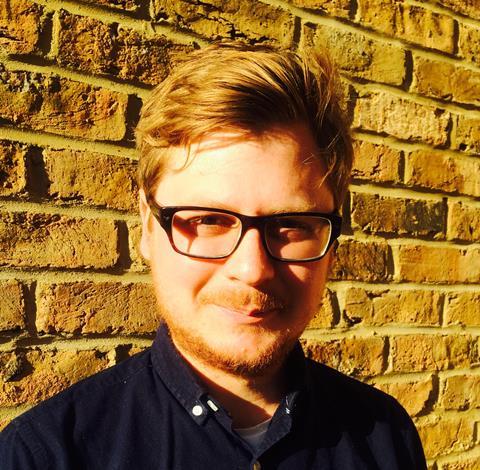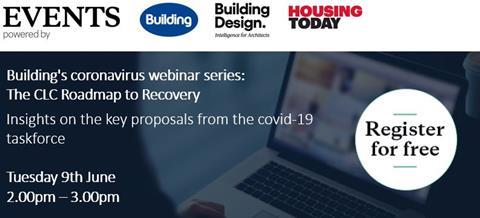This crisis offers a moment of pause to consider the relationship between biodiversity and the built environment, says BRE’s Richard Cobb
Today marks the 46th World Environment Day, the theme for which this year is biodiversity – meaning the variety and variability of natural life on Earth. However, the day will be marked somewhat differently this year, as the world faces challenges which would have been unimaginable even a couple of months ago.

While this picture might not be so rosy, there is perhaps one small silver lining to take from this all and that is the prospect of emerging from this crisis with a greener economy than ever.
For too many years decision makers and business leaders around the world have paid only lip service to the challenges that climate change presents, failing to take the sort of radical action which is going to truly alter the way society operates for the better. Our response to covid-19 has the potential to change that.
Construction and biodiversity have rarely been viewed as natural bedfellows, but that does not always have to be the case. This week, the Construction Leadership Council published its recovery strategy, which proposes a range of smart measures towards improving the sustainability and resource efficiency of the construction sector, and making measurable progress towards delivering net zero carbon.
I would love to see developments complementing their surrounding environment rather than cannibalising it
BRE strongly welcomes these plans which seek to establish foundations for a more sustainable future. It has an approach to transformation which is very much in our DNA, having been at the forefront of science and innovation for a century next year.
Of course we believe our environmental assessment method, BREEAM, can inspire environmentally friendly innovation. The scheme, with over 590,000 buildings already receiving certification, analyses how developments can improve their environment, social and governance impact. Echoing the objectives outlined in the Construction Leadership Council recovery plan, BREEAM encourages companies to recognise holistic sustainability focused approaches that maximise value to stakeholders while minimising impact to the environment.
Educating the industry on the benefits – both financial as well as environmental – of preserving and enhancing biodiversity will not take place overnight, however. In fact, it was more than four years ago that BREEAM published the Strategic Ecology Framework – a document which seeks to promote a wider understanding of how developments can integrate functional and multi-purpose green spaces into built environments by incorporating designs like living walls, green rooves and sustainable urban drainage systems to ensure that they can be a source of ecological recovery and enhancement, alongside preservation.
Many investors in our industry have historically been slow to realise the importance of environmental, social and corporate governance to running a successful business, but I have noticed a marked shift in attitudes over the last 18 months. The economic volatility does not seem to have hampered this, as recent research from investment firm BlackRock showed that sustainable strategies outperformed in May and, just last week, a coalition of business leaders called on the government to ensure efforts to repair the economy from the impact of covid-19 should support wider commitments to tackle climate change.
The current crisis offers a moment of pause to consider how we can reshape the relationship between biodiversity and the built environment. A recent study estimated that we are losing thousands of hectares of green land to development each year, and this number is increasing (from 2,105 hectares in 2013 to 3,332 in 2017). In a couple of years’ time, I would love to see more developments which have adopted an innovative approach towards complementing their surrounding environment rather than cannibalising it – transforming urban eyesores into green lifelines.
We have come a long way in how we think about the built environment’s effect on the wider environment over the last decade or so. We are now presented with a once in a lifetime opportunity to change historical bad habits and contribute to create an economy that is not just greener, but more resilient going forward. Let’s not pass it up.
Richard Cobb, BREEAM lead for natural environment, BRE




























No comments yet